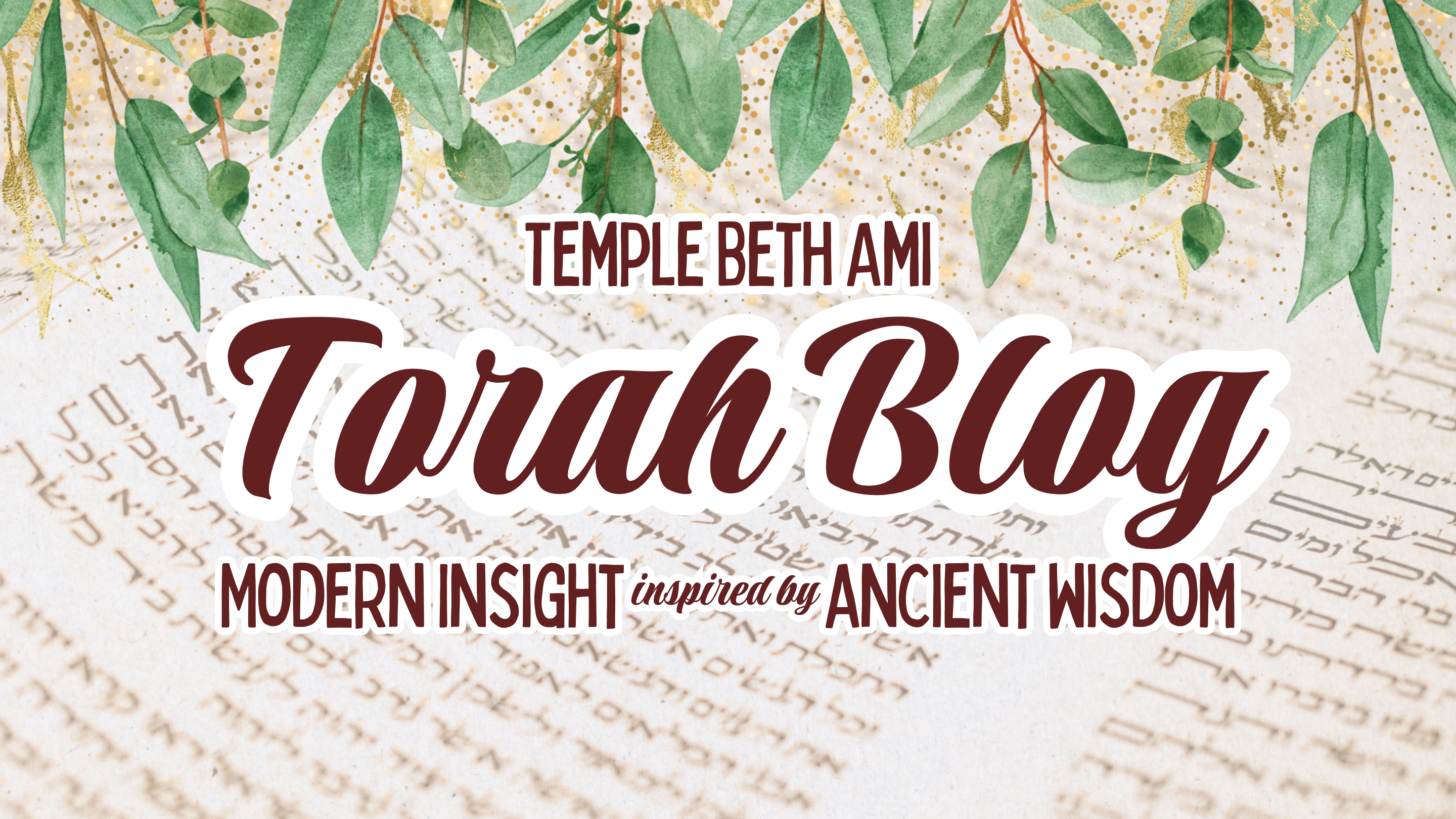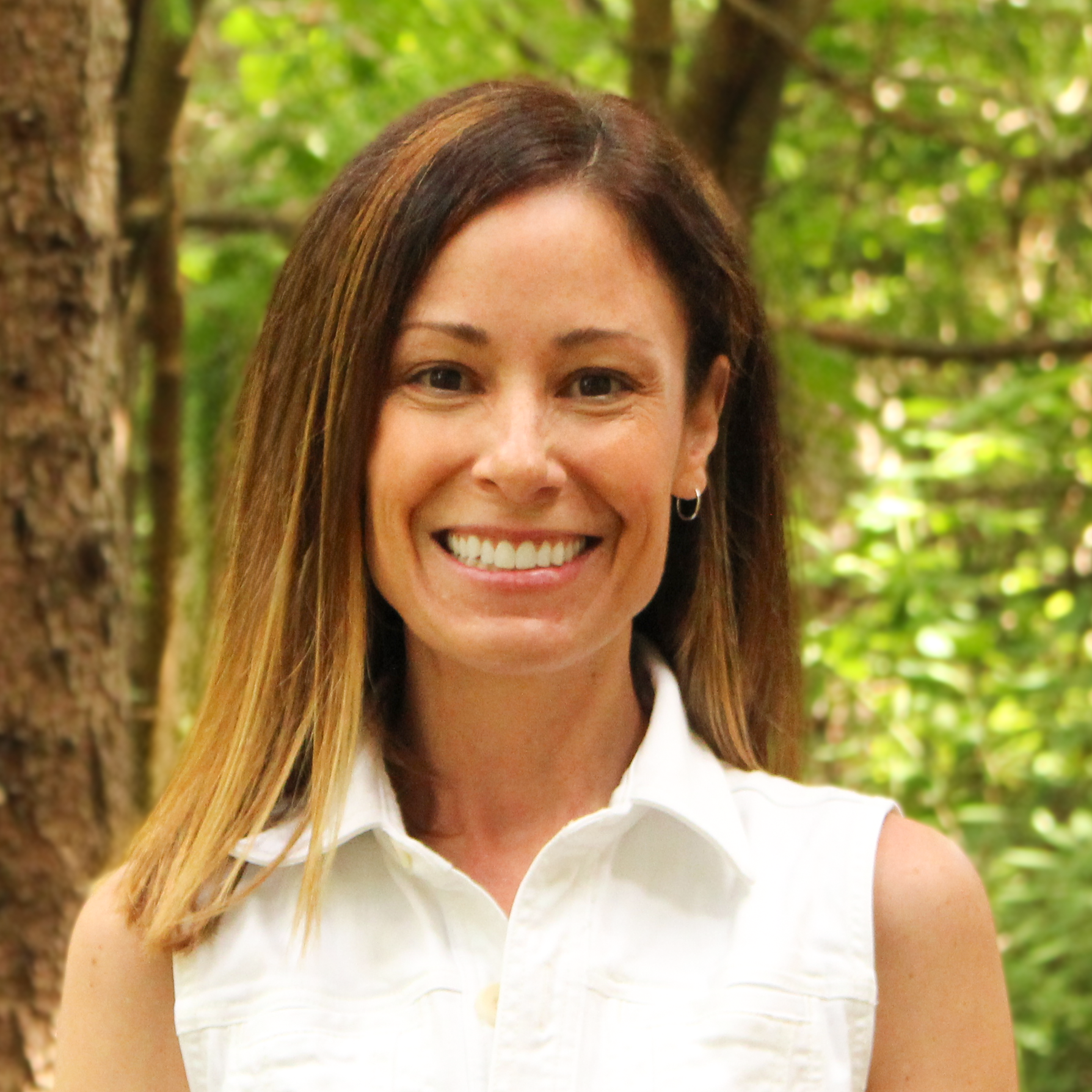







By: Rabbi Baht Weiss
Hidden away in this week’s Torah portion, Pinchas, is the story of five remarkable women-Machlah, Noa, Hoglah, Milcah and Tirzah—better known as the Daughters of Zelophehad. In a patriarchal society in which land was passed down from man to man, these women find themselves in a precarious position. Moses is dividing the land to the different tribes after the rebellion of Korach, and their father, Zelophehad, from the tribe of Manasseh and Joseph has died without a male heir to inherit his land. This was a society in which women were economically dependent on men- which was perpetrated as they traveled from their father’s home to their husband’s home, they were unable to be financially independent. Well now, their father is dead, and they have no brothers to depend on. Realizing the predicament they are in, these women take a courageous and direct approach.
They approach Moses and say (Numbers 27:3-4) “Our father died in the wilderness. He was not one of Korah’s factions, which banded together against God but died for his own sin, and he has left no sons. Let not our father’s name be lost to his clan just because he had no sons. Give us a holding among our father’s kinsmen.” In another words, our father isn’t to be punished. He deserves to have his legacy left intact. These women cleverly focus on preserving “their father’s name” as a justification for them having the land—not just the fact that these five women were left property-less and essentially homeless—they ask to receive his land “to preserve their father’s name.”
These were women who weren’t afraid to express themselves—to ask for what they wanted.
This is the first instance in the Torah where women seek justice for themselves. And just as remarkable is that fact that Moses listened to them. It appears that this injustice wasn’t apparent to Moses until the daughters brought it up. Why would it ever have occurred to him, after all? He was powerful man living in a patriarchal society. He was so shocked by their request that he had to go to God for guidance.
In an article for Well, a women’s empowerment blog1, Jasmine Obeyesekere Fernando explains “in this record from the book of Numbers, it is not the religious or political leaders who identify the problem, but a bunch of girls who are personally affected by a lack of adequate protection by law. Their own circumstances uniquely position them to be the first to recognize a flaw in the system. Sometimes people aren’t going to know how bad a situation is unless we tell them. Those who have privileged identities in a given society do not experience discrimination first-hand. When the dominant group is not affected by an unjust status quo, they may not realize that a certain group may experience life very differently. Giving voice to a discrimination you experience because of a particular group identity creates a space for the whole group to be heard and a grievance addressed. The all-male leadership in Moses’ time were not personally affected by the gender-discriminatory law and so were unable to see the pain of all-girl families who could not inherit. When the situation is brought to light, we see the leaders being receptive to change that is fair to all.
These women were smart. They were knowledgeable of the law—and they made a good case. Moses brings this case before God and God rules that “The plea of Zelophehad’s daughters is just: you should give them their hereditary holding among their father’s kinsmen; transfer their father’s share to them.
An early win for women’s rights!
Not only does God grant these women their request, but beyond that, God goes on to establish a new law based on their testimony. “Further, speak to the Israelite people as follows, “if a householder dies without leaving a son you shall transfer his property to his daughter.” Personally, I believe daughter should get an equal share as her brother regardless, but I’ll take this as a win for the time in which it took place.
Instead of staying quiet for the sake of peace, these women who lived over three thousand years ago refused to accept the status quo that disadvantaged them and took public steps to retain ownership of their family property. They don’t appeal for sympathy or ask a male relative to speak for them — rather they make their own case.
What do I take away from this exchange? If you don’t ask you don’t receive!
These women were clearly respected in their community, they worked within the system to implement change and to fight inequity and were able to make a small change in the patriarchal system.
In today’s world, where we are witnessing a new rise in attacks on women’s rights and autonomy, I find this text refreshing. It is not often you find such stories of women in our texts—women who are assertive, and bold, and speak out and are respected for speaking out. These women were able to speak out against injustice, they were heard were given their due inheritance. This text reminds us, if you want something, ask for it. Be open with your needs. Be inspired by the Daughters of Zelophehad to fight for what’s fair. You never know, they may listen.